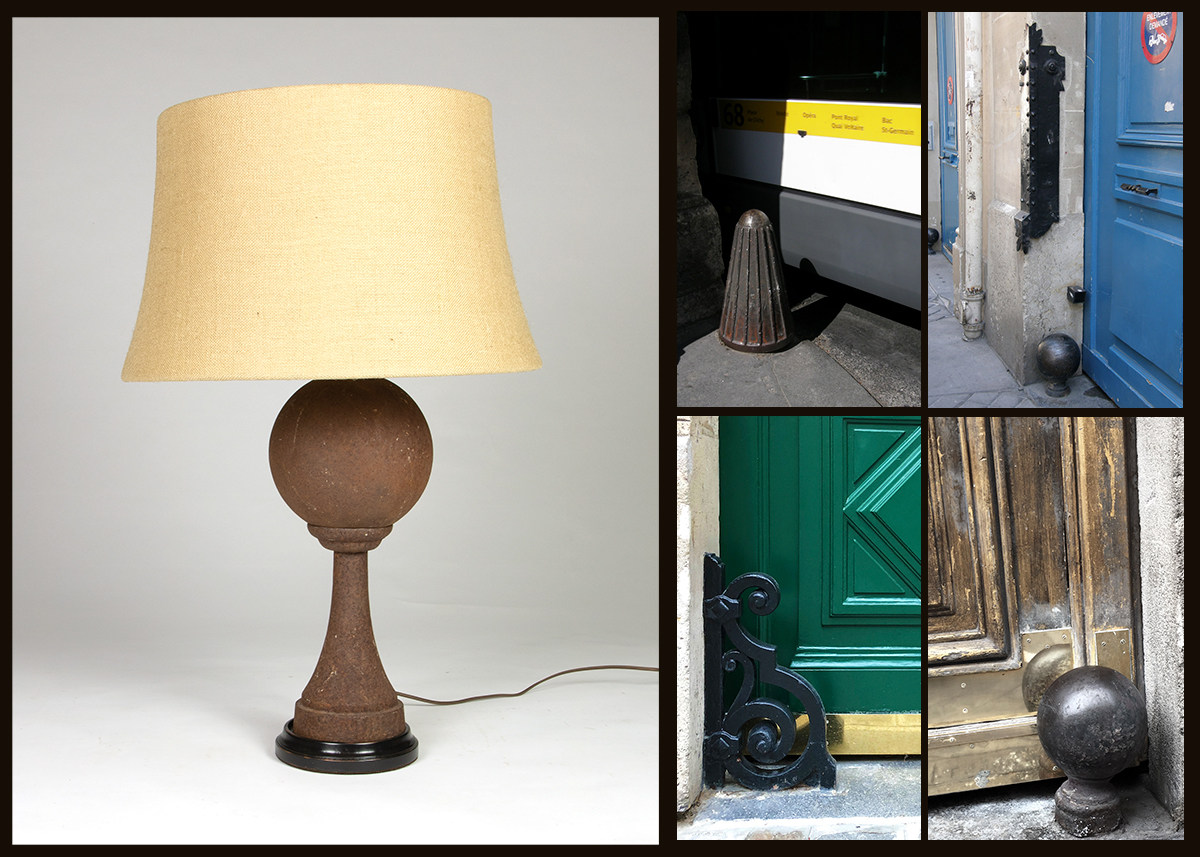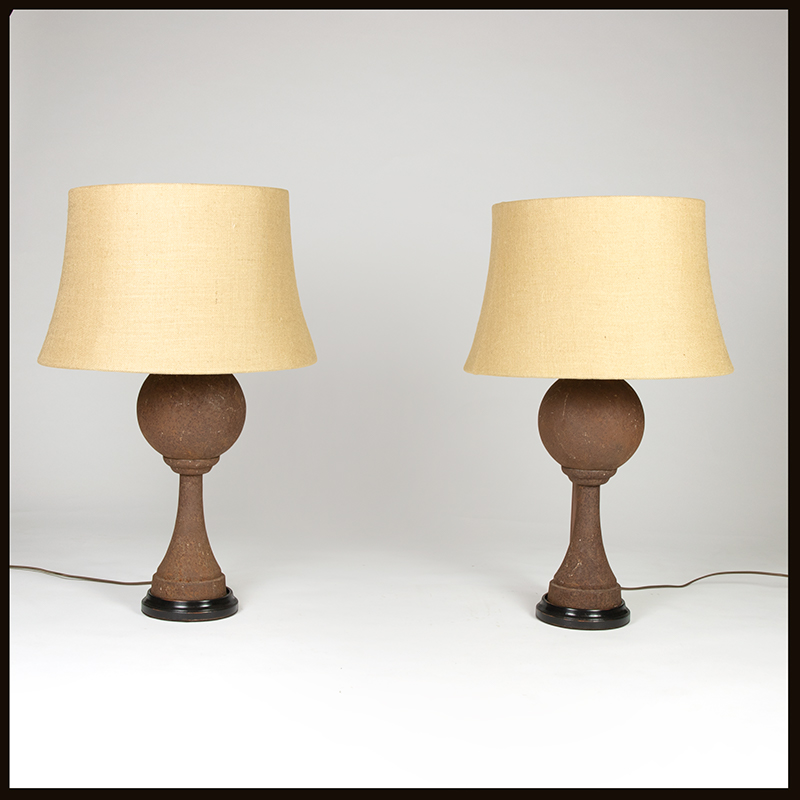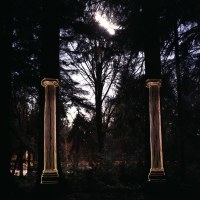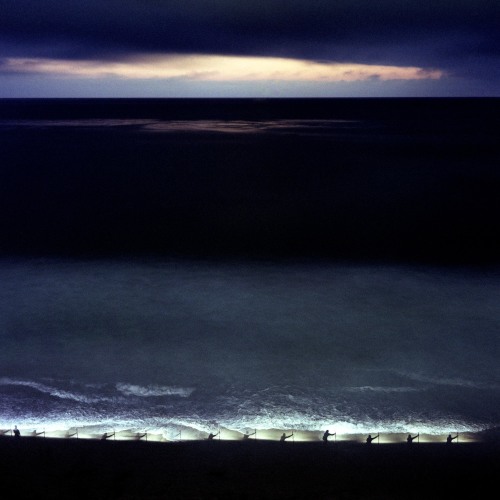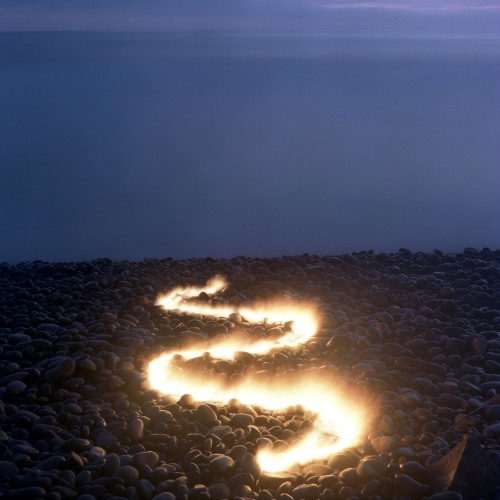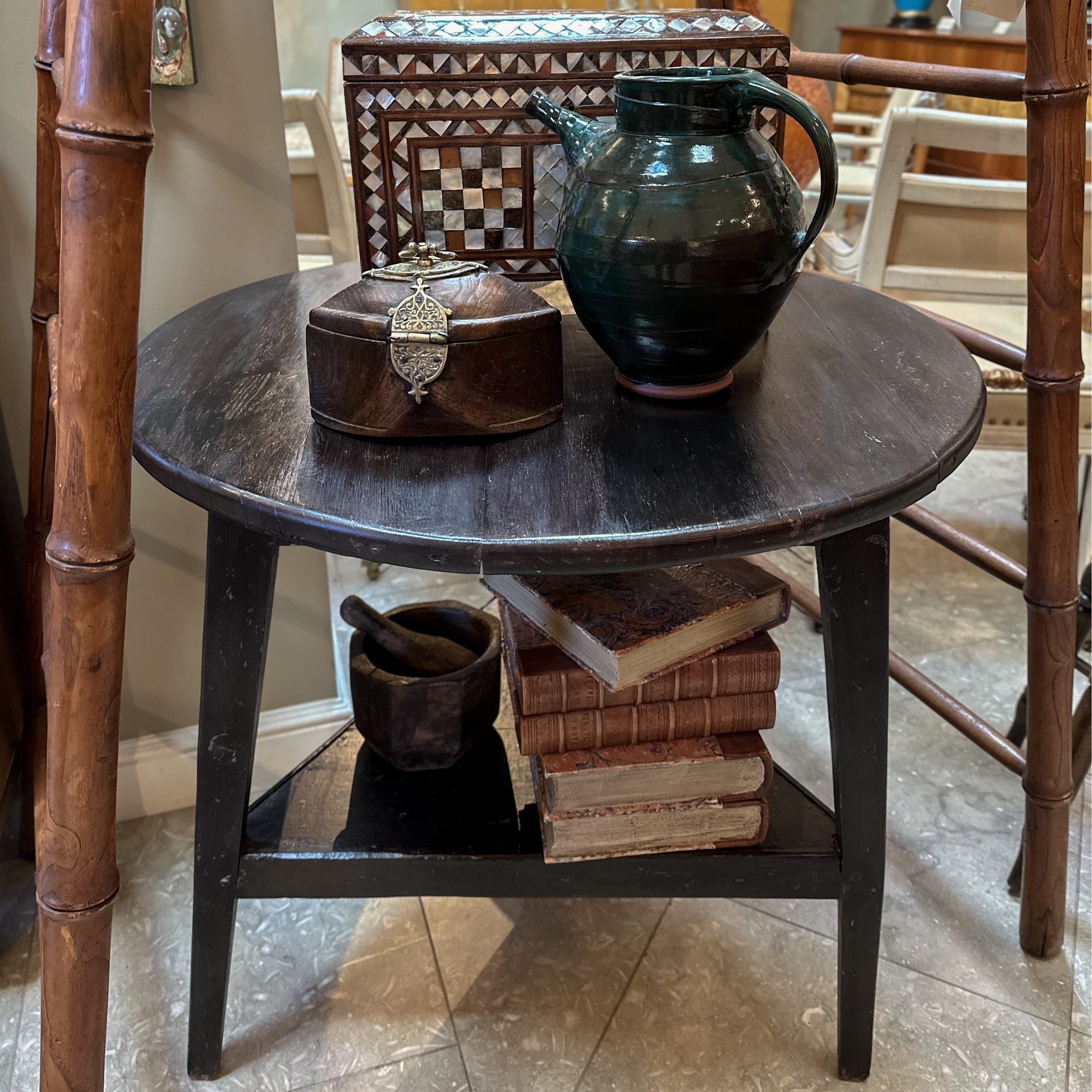
Happy Earth Day! We are all aware of and trying to lessen our impact on the climate. Today, of all days, it’s not inconsequential to note that buying and holding onto your antique furniture is better for the planet.
I mean, as if anyone needs any other reason to buy beautiful antique furniture, a 2010 study on greenhouse gas emissions commissioned by the antiques trade 1 2 was tasked with answering the question: “Are antiques greener than new furniture? And if so, what is the difference between their carbon footprints?” It compared two specific chests of drawers, one from 1830 and the other a contemporary piece.
Ultimately, it was determined that the antique chest of drawers had a lower greenhouse gas emissions impact compared to the new chest of drawers. The life cycle emissions of the antique chest of drawers were less than those of the new chest of drawers. The new chest of drawers had a greenhouse gas emissions impact 16 times higher than the antique. Additionally, they determined that the new chest of drawers had higher emissions in raw materials, production, distribution, and storage compared to the antique. The longer lifespan of the antique and the lower emissions throughout its life cycle contribute to its greener profile.
As we say, buy what you love and buy in good conscience. Happy Earth Day!
…AND.. some stats for the nerds!
^jh
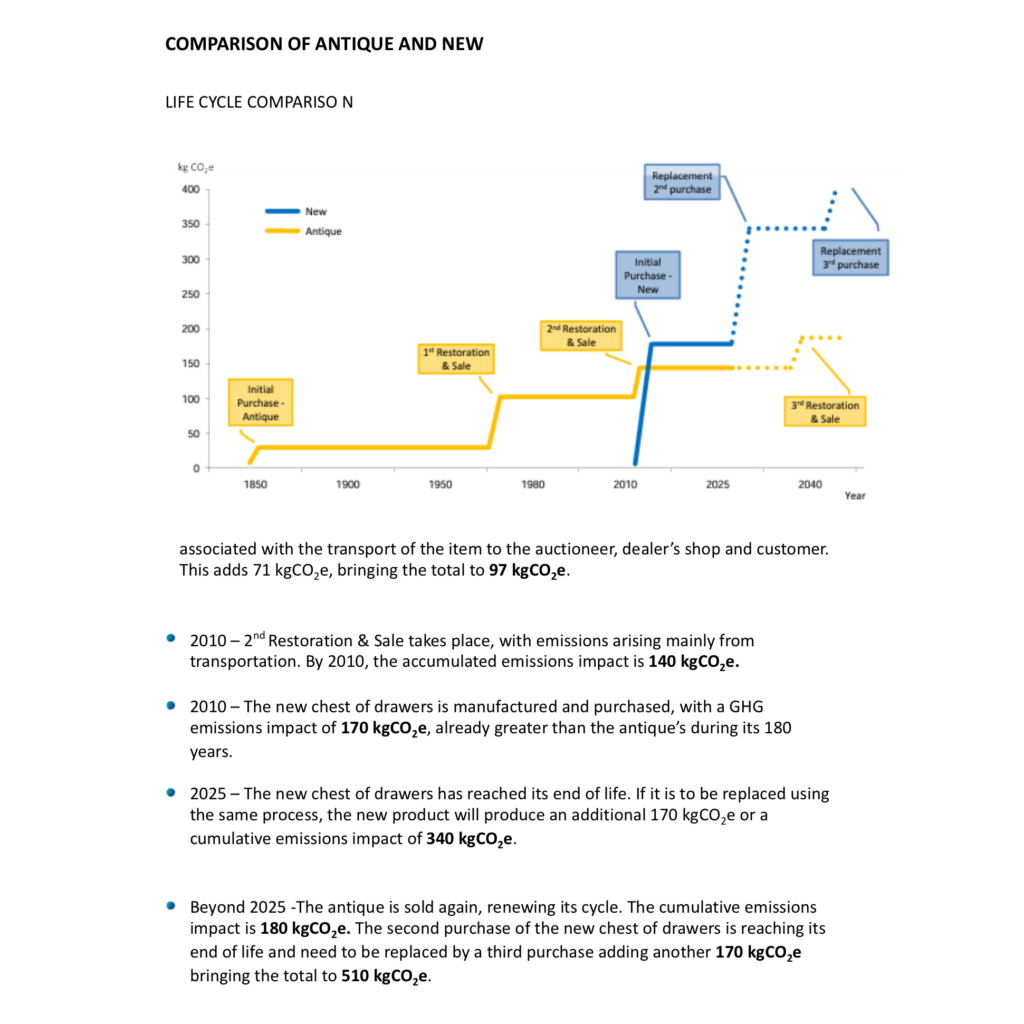

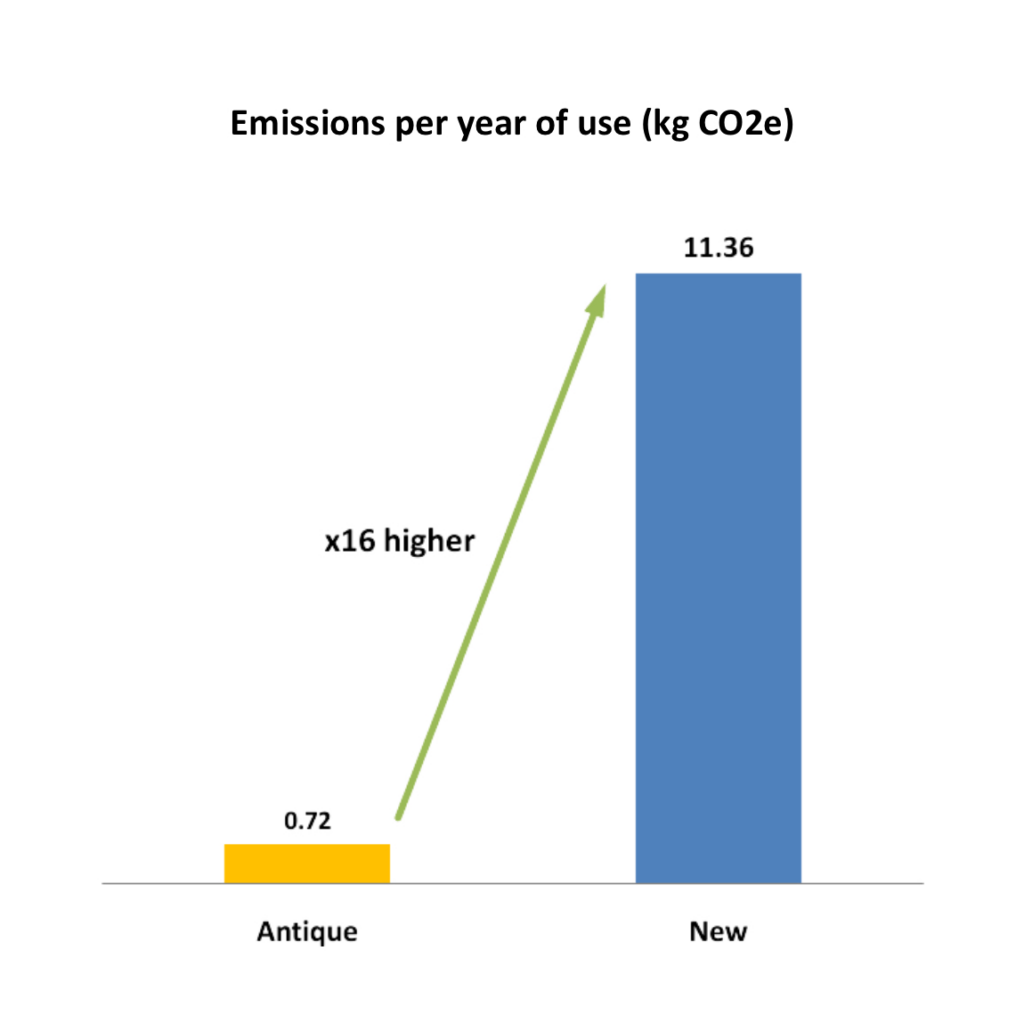
Further readings and sources:
- Product Footprint Comparison Produced For The Antiques Trade , August 23, 2010. https://sworders.blob.core.windows.net/sustainability/ProductFootprint.pdf ↩
- The Antiques Trade, as represented by various organizations and websites such as Antiques Trade Gazette, Antiques are Green, International Antiques & Collectors Fairs, The British Antique Dealers’ Association, LAPADA – The Association of Art & Antiques Dealers, Society of Fine Art Auctioneers and Valuers, Online Galleries, and Antiques.co.uk. The study was conducted by Carbon Clear, an independent consultancy specializing in carbon management and carbon accounting. ↩

